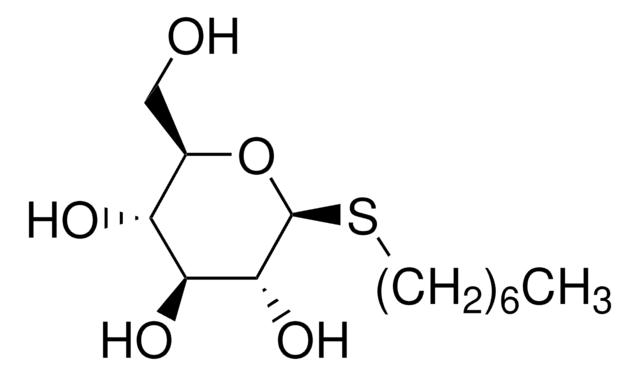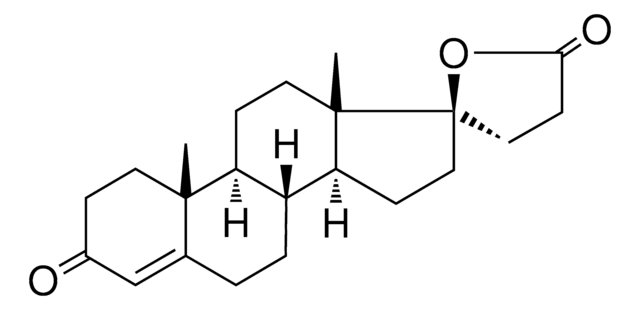14764
1-Deoxy-D-xylulose
≥80% (TLC)
Sinónimos:
(3S,4R)-3,4,5-Trihydroxy-2-pentanone, 1-Deoxy-D-threo-2-pentulose
About This Item
Productos recomendados
Ensayo
≥80% (TLC)
Formulario
liquid
actividad óptica
[α]/D +31.0±3.0°, c = 1 in H2O
temp. de almacenamiento
−20°C
cadena SMILES
CC(=O)[C@@H](O)[C@H](O)CO
InChI
1S/C5H10O4/c1-3(7)5(9)4(8)2-6/h4-6,8-9H,2H2,1H3/t4-,5-/m1/s1
Clave InChI
IGUZJYCAXLYZEE-RFZPGFLSSA-N
Acciones bioquímicas o fisiológicas
Ligadura / enlace
Otras notas
Código de clase de almacenamiento
13 - Non Combustible Solids
Clase de riesgo para el agua (WGK)
WGK 3
Punto de inflamabilidad (°F)
Not applicable
Punto de inflamabilidad (°C)
Not applicable
Elija entre una de las versiones más recientes:
Certificados de análisis (COA)
¿No ve la versión correcta?
Si necesita una versión concreta, puede buscar un certificado específico por el número de lote.
¿Ya tiene este producto?
Encuentre la documentación para los productos que ha comprado recientemente en la Biblioteca de documentos.
Nuestro equipo de científicos tiene experiencia en todas las áreas de investigación: Ciencias de la vida, Ciencia de los materiales, Síntesis química, Cromatografía, Analítica y muchas otras.
Póngase en contacto con el Servicio técnico








